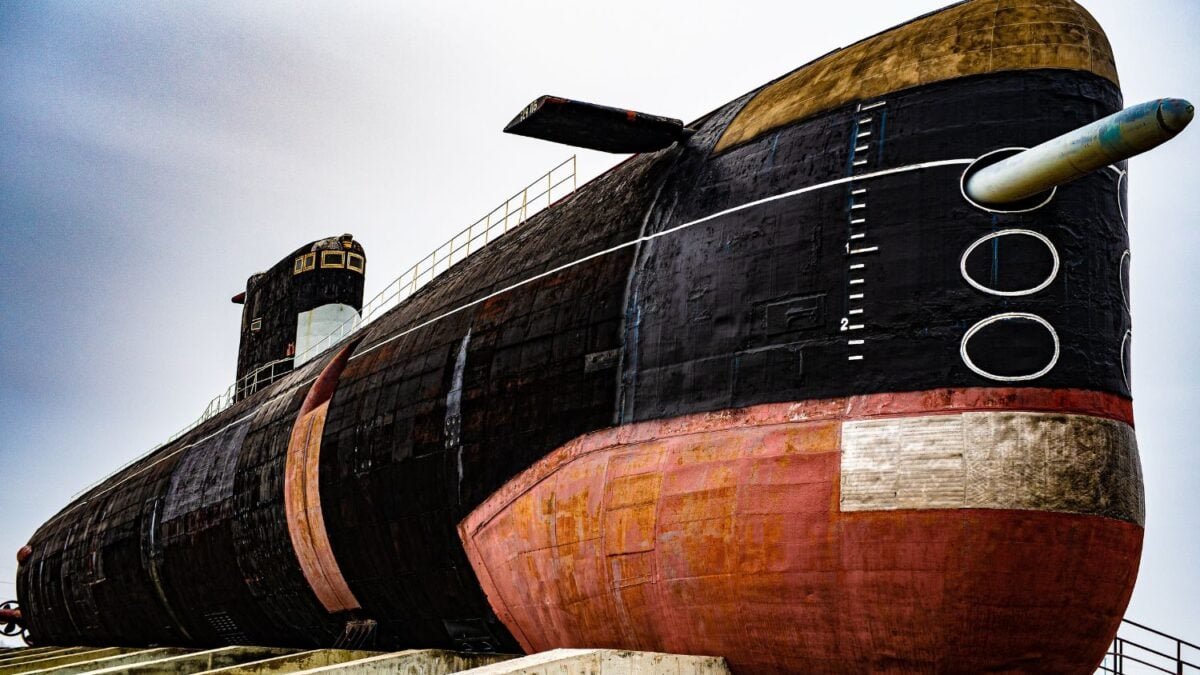The Unbelievable Submarines: How the USSR Strived to Rule the Seas with Titanium

During the height of the Cold War, as the world braced for the threat of nuclear devastation raining down from the sky, a secretive and equally intense competition was unfolding beneath the waves of the ocean. The United States and the Soviet Union vied for control over the last unexplored frontier on Earth: the depths of the sea. Hidden beneath kilometers of water, the balance of global power hung in the balance. While Washington opted to stick with what they knew worked — steel nuclear submarines like the George Washington, Lafayette, and Ohio classes — Moscow took a daring and groundbreaking approach by delving into the realm of the unimaginable.
The Promise of Invincibility with Titanium
In a strategic move that defied conventional thinking, the Soviets turned to titanium to craft their submarines of the Alfa class, and later the Sierra class. Titanium, a metal that weighed significantly less than steel, was impervious to corrosion in saltwater, and crucially, non-magnetic. This key feature meant one thing: invisibility. Western sonars struggled to detect the Soviet submarines, allowing them to stealthily approach enemy shores and dive to depths previously unattainable by their rivals.
The Soviet engineers in Severodvinsk toiled in sealed workshops, working under space-like conditions to weld titanium, a material that behaved unlike any other. While the Americans grappled with the complexities and costs of titanium in the late sixties before abandoning the endeavor, the USSR pressed on, viewing technological prowess as a vital component of their ideological superiority.
The Downfall of the “Titanium Monsters”
However, the Soviet reliance on titanium ultimately proved to be their undoing. The material was unforgiving, with even minor cracks necessitating a return to the shipyard for repairs. In peacetime, this posed logistical challenges, but in times of conflict, it spelled tactical suicide. The Pentagon, aware of these limitations, continued to favor high-strength steel for its submarines, a more practical and cost-effective choice.
As the Soviet Union crumbled in the nineties, the era of the “titanium monsters” came to a close. With dwindling resources and a shift towards sensibility, Russia transitioned back to steel for their modern submarines, marking the end of an era where engineering feats were intertwined with ideological symbolism. The titanium giants now lie dormant, a reminder of a bygone era where technological supremacy did not always ensure victory, but certainly wove one of the most captivating narratives of the Cold War.




